
Putin aims to have Russian space station by 2027
President Vladimir Putin said on Thursday the first segment of Russia's new orbital station, which Moscow sees as
1970-01-01 08:00
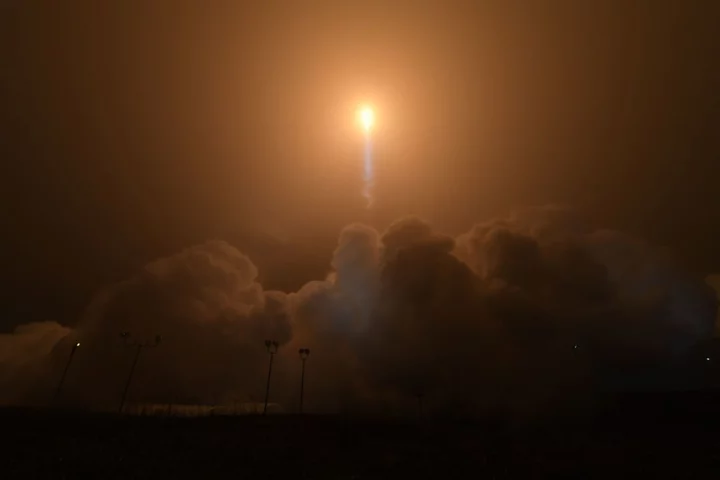
Scientists find surprise layer of molten rock underneath surface of Mars
Scientists have been forced to change their understanding of the inside of Mars after a major new breakthrough. Research looking at seismic waves that were generated when Mars was hit by a meteorite impact suggests that it has a previously unknown layer in its deep interior. Those waves were picked up by Nasa’s InSight lander, which was sent to Mars to better understand its seismic activity. The waves that the lander picked up can be used to get a picture of the anatomy of the planet, by watching how they travel around. The new data indicates the presence of a hitherto unknown layer of molten rock surrounding a liquid metallic core - the planet’s innermost component - that is smaller and denser than previously estimated, researchers said on Wednesday. Waves generated by quakes - including those caused by meteorite impacts - vary in speed and shape when journeying through different material inside a planet. Data from InSight’s seismometer instrument has enabled the planet’s internal structure to come into focus. The meteorite impact that occurred in a Martian highland region called Tempe Terra on Sept. 18, 2021, triggered a magnitude 4.2 quake and left a crater about 425 feet (130 meters) wide. It occurred on the opposite side of Mars from InSight’s location in a plains region called Elysium Planitia. “The importance of the far side impact was to produce seismic waves that traversed the deep interior of the planet, including the core. Previously, we had not observed any seismic waves that had transited the core. We had only seen reflections from the top of the core,” said planetary scientist Amir Khan of ETH Zurich in Switzerland, lead author of one of two scientific papers on the new findings published in the journal Nature. The behavior of the waves indicated that previous assessments of the Martian interior were missing something - the presence of a molten silicate layer about 90 miles (150 km) thick surrounding the core. This molten region sits at the bottom of the interior portion of the planet called the mantle. The researchers also recalculated the size of the core, finding that it has a diameter of about 2,080 miles (3,350 km), with a volume about 30% smaller than previously thought. The researchers said the mantle - a rocky layer sandwiched between the planet’s outermost crust and core - extends about 1,055 miles (1,700 km) below the surface. Unlike Mars, Earth has no molten layer around its core. One of the two studies published on Wednesday indicates this layer is fully molten, with the other indicating that most of it is fully molten, with the top portion partially molten. “The molten and partially molten layer is essentially composed of silicates (rock-forming minerals) that are enriched in iron and in radioactive heat-producing elements compared to the overlying solid mantle,” said Henri Samuel, a planetary scientist with the French national research organization CNRS working at Institut de Physique du Globe de Paris and lead author of the second study. The Martian core is made up mostly of iron and nickel, but also has some lighter elements such as sulfur, oxygen, carbon and hydrogen. The researchers concluded that these lighter elements make up about 9-15% of the core‘s composition by weight, lower than previously estimated. “This amount of light elements is not unlike that of the Earth’s core, which is estimated to be around 10%,” Khan said. Mars, the fourth planet from the sun, has a diameter of about 4,220 miles (6,791 km), compared to Earth’s diameter of about 7,926 miles (12,755 km). Earth is almost seven times larger in total volume. NASA retired InSight in 2022 after four years of operations. “We have learned a lot about Mars by studying the unique seismic record provided by the InSight mission,” Samuel said. “Planets are rich and complex systems because they are a place where many different types of processes coexist and act on various spatial and temporal scales, and Mars is no exception.” Additional reporting by Reuters Read More ‘Crystals brought back by Apollo astronauts indicate true age of the Moon’ Researchers reveal source of largest ever Mars quake Scientists investigate after huge shaking seen across Mars Scientists see huge explosion in space – and it could explain life Massive space explosion observed creating elements needed for life Tim Peake: Possibility of all-UK space mission a ‘very exciting development’
1970-01-01 08:00

Scientists make the biggest simulation of our cosmos ever, with the mass of 300 billion galaxies
Scientists have created what they say is the biggest simulation of our cosmos ever. The virtual universe has the mass of 300 billion galaxies, packed into a space with edges ten billion light years across. Scientists hope that it will help tell us how the real universe that surrounds us first evolved. They could also help address problems in our understanding of physics that currently suggest we might have made deep mistakes about the cosmos. But the first results from the simulation suggest that it might not work: the findings do not get rid of the tensions between different observations about the universe that have proven so difficult to scientists. Researchers created the simulation, named FLAMINGO, by taking the vast amount of data that has been gathered by telescopes such as Nasa’s JWST and other projects. Those projects give information about galaxies, stars and the other arrangement of matter in our cosmos, which can then be fed into the computer. Researchers then hope that the computer can use that data to simulate the evolution and nature of our universe. That can then help resolve those fundamental difficulties we currently face in physics. One of those issues come from the current theory that the properties of our universe are decided by only a few “cosmological parameters”. We can measure those parameters very precisely. But scientists have run into issues because those parameters do not always match. For instance, there are multiple ways of measuring the Hubble constant, or the speed at which the universe is expanding – but those multiple ways show different results, and scientists have not been able to explain them. Scientists hope that the simulation can help explain or resolve that tension. But it is yet to do so. That is just one of the many ways that the creators of the FLAMINGO simulations hope that they can be used to better understand the universe and the observations that we have of it. It might also allow us to make new kinds of discoveries: the vast amount of data means that it can construct random, virtual universes and see how theories work in there, for instance. The work is described in three papers, all of which are published in the Monthly Notices of the Royal Astronomical Society today. Read More Scientists see huge explosion in space – and it could explain life Massive space explosion observed creating elements needed for life Tim Peake: Possibility of all-UK space mission a ‘very exciting development’
1970-01-01 08:00

The Leonid Meteor Shower Explodes Across Skies This November
Known for producing the occasional meteor storm, the Leonid meteor shower is highly anticipated among astronomy fans.
1970-01-01 08:00
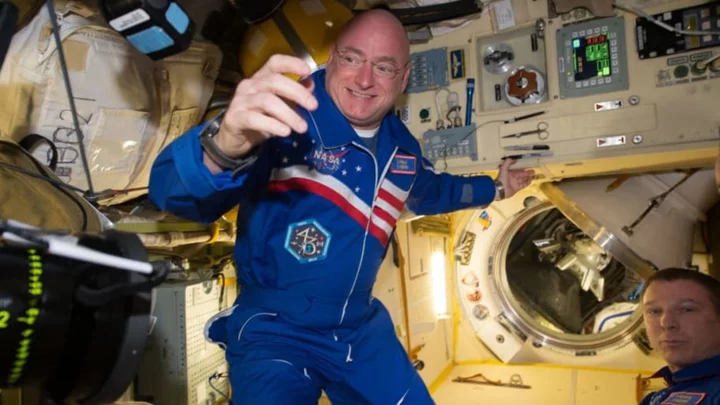
NASA Reveals How Living in Space for a Year Affected Scott Kelly’s Poop
Astronaut Scott Kelly used cotton swabs to take samples of his fecal matter. He then sealed it in tubes and sent it back to Earth via rocket.
1970-01-01 08:00
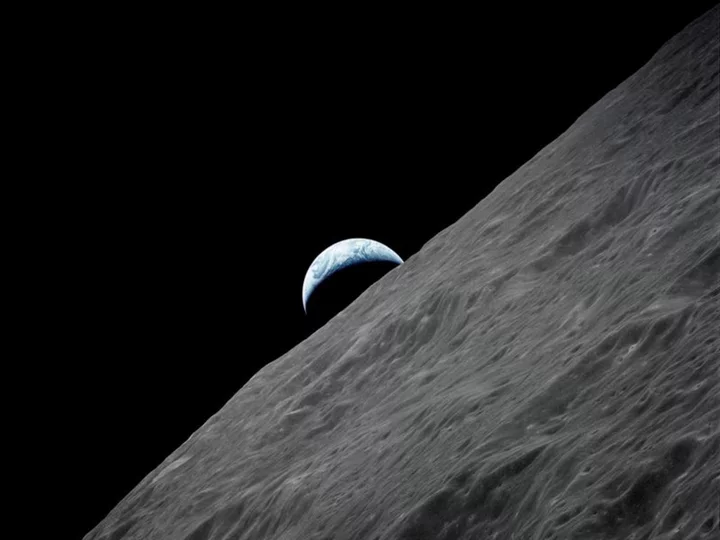
Rock collected by Apollo 17 astronaut in 1972 reveals moon's age
By Will Dunham WASHINGTON During the Apollo 17 mission in 1972 - the last time people walked on
1970-01-01 08:00

Production woes plague earnings for Boeing, RTX and Spirit Aero
By Valerie Insinna and Pratyush Thakur WASHINGTON After a succession of production snafus, investors will question whether U.S.
1970-01-01 08:00

SpaceX signs deal to launch key European satellites - WSJ
SpaceX has signed a deal to launch up to four of Europe's flagship navigation and secure communications satellites
1970-01-01 08:00

India calls off crucial test in crewed space mission
MUMBAI (Reuters) -India on Saturday called off a key test in its ambitious crewed space mission Gaganyaan, the Indian Space
1970-01-01 08:00
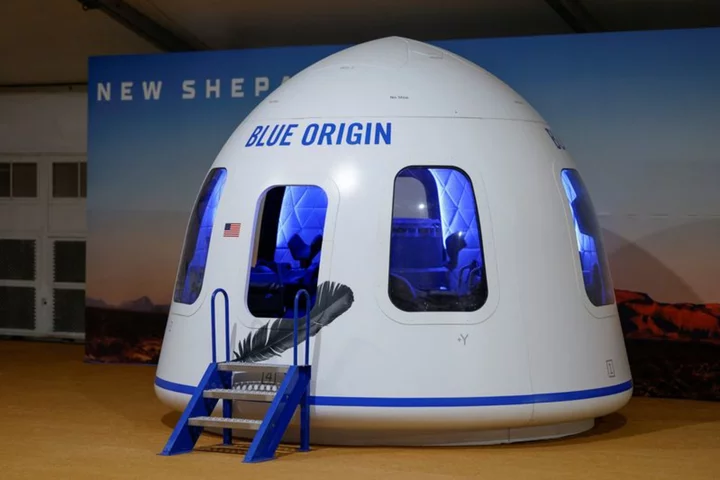
Bezos' Blue Origin sees third executive departure amid internal restructuring
By Joey Roulette WASHINGTON Blue Origin's senior vice president of operations is leaving "for personal reasons," according to
1970-01-01 08:00
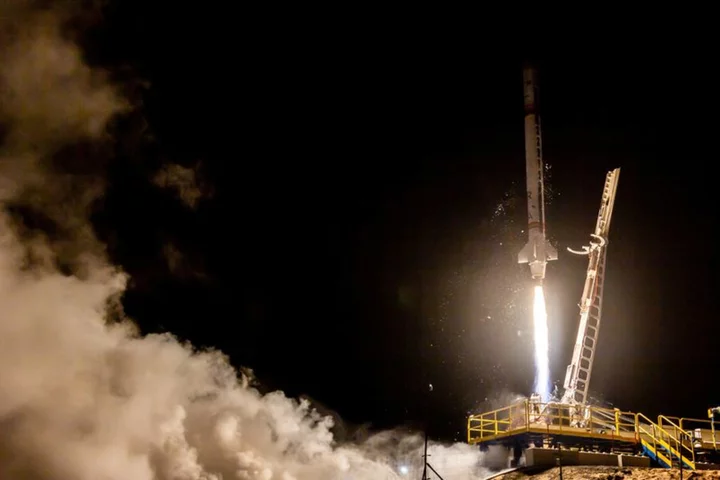
Spain's PLD Space expects first orbital launch in Q1 2026 from French Guiana
MADRID Spanish rocket company PLD Space plans a first orbital launch from French Guiana in the first quarter
1970-01-01 08:00
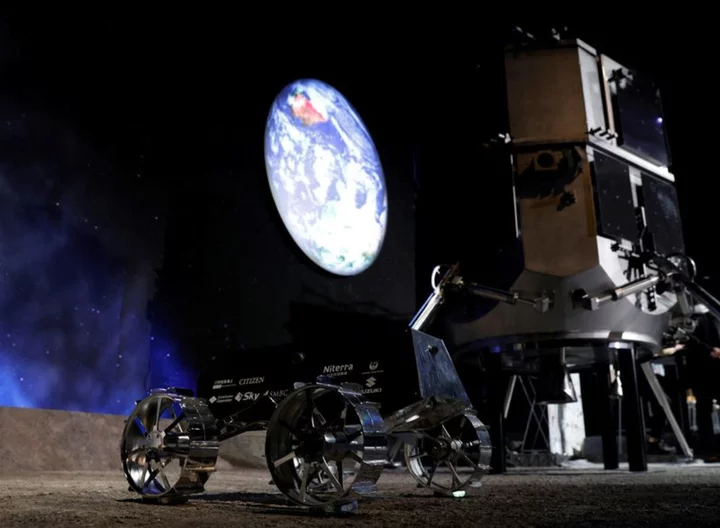
Japan gives $80 million subsidy to moon exploration startup ispace
TOKYO Japan will provide a 12 billion yen ($80 million) subsidy for moon exploration startup ispace, industry minister
1970-01-01 08:00
